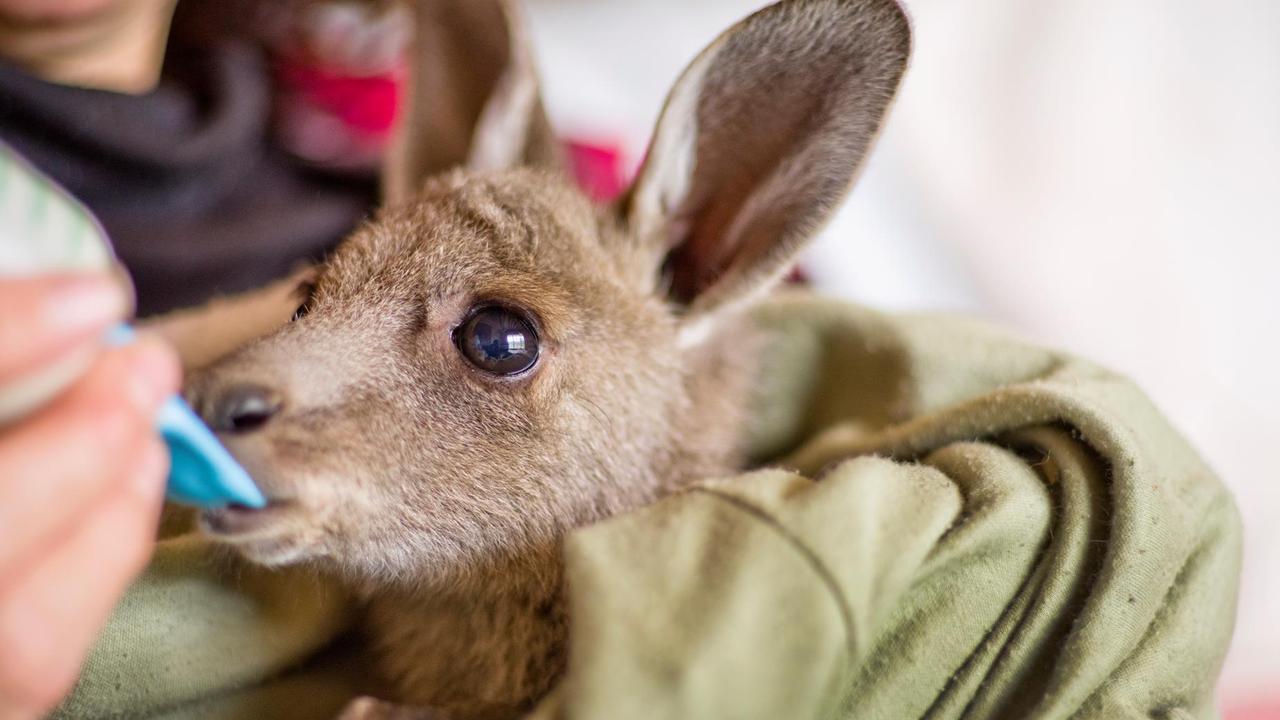Port Phillip Bay divers discover coral reefs full of sea life
THE reefs of Port Phillip Bay rival the Great Barrier Reef for diversity and rarity of plants and animals, making them one of Victoria’s great untapped tourism resources. SEE THE PICS
VIC News
Don't miss out on the headlines from VIC News. Followed categories will be added to My News.
- Spider crab army attacks in the deep
- Swimming with seals in Port Phillip Bay
- Divers find life at bottom of bay
- Whale treats onlookers to rare show
THE reefs of Port Phillip Bay rival the Great Barrier Reef for diversity and rareness, making them one of Victoria’s great untapped tourism resources, marine experts said.
Parks Victoria program leader — marine and coasts Mark Rodrigue said 85-90 per cent of the animals and plants found in Victoria’s reefs are not found anywhere else in the world.
“There is much greater diversity of plants and animals here than there is on the Barrier Reef,” Mr Rodrigue said.
“There are so many unique species here and we have the most spectacular diving anywhere in the world — colourful fish and plants, a lot of shipwrecks. People come from around the world to dive in our waters, particularly at the southern, more undisturbed entrance to the bay.”
Australian Coastal Council chair Anthony Boxshall said the water temperature in the bay during winter months can be challenging, but averages a comfortable 23C in summer and can be relieved by wearing wet suits during winter.


But even in winter, glass-bottomed submarines that are already popular in Queensland waters could be a good way for people to explore the shallow reefs of Victoria.
“On the other hand, our more temperate waters mean that our water is nutrient-rich, explaining why we have such abundant marine life,” Mr Boxshall said.
“The wonderful thing about our reefs is that we don’t just have the one kind, we have all different ones.
“The way Melbourne’s weather changes all the time above ground happens under the water as well, and marine life have adapted to that. There are more species of algae in Victoria than on the Barrier Reef and the coral is softer here and some are like big fans that are 0.5m wide waving gently in the water.”


Mr Boxshall said the coral in Victoria has not been affected by global warming which is tragically hurting the Great Barrier Reef.
The diversity in Victoria’s reefs ranges from sponge gardens featuring sponges of all shapes, sizes and colours at The Heads, to beyond the bay where kelp forest stretches from Sorrento to Point Lonsdale, Rye and Cape Schanck.
“The extraordinary granite boulders that are on the land at Wilson’s Promontory are under the water as well and it’s like swimming through cathedral vaults,” he said.
“You can’t get that sort of architectural diving outside of a narrow band in parts of Victoria.”

The reef at Port Phillip Heads, known as Lonsdale Wall, drops to 90m and although divers need to be cautious of boats passing above, these reefs there are among the most spectacular in the world, including Pope’s Eye, which Mr Boxshall said was teeming with life.
Around the edge of the bay, there are inter-tidal reefs which feature lace coral and a wide variety of fish such as sea dragons and sea squirts which are not seen anywhere else in the world.
State Minister for Tourism and Major Events John Eren said we have some of the world’s most pristine reefs, incredible nature and beautiful coastlines in our own backyard.
“That’s why we continue working hard to protect Port Phillip Bay so future generations of Victorians and visitors can enjoy its many treasures,” Mr Eren said.


